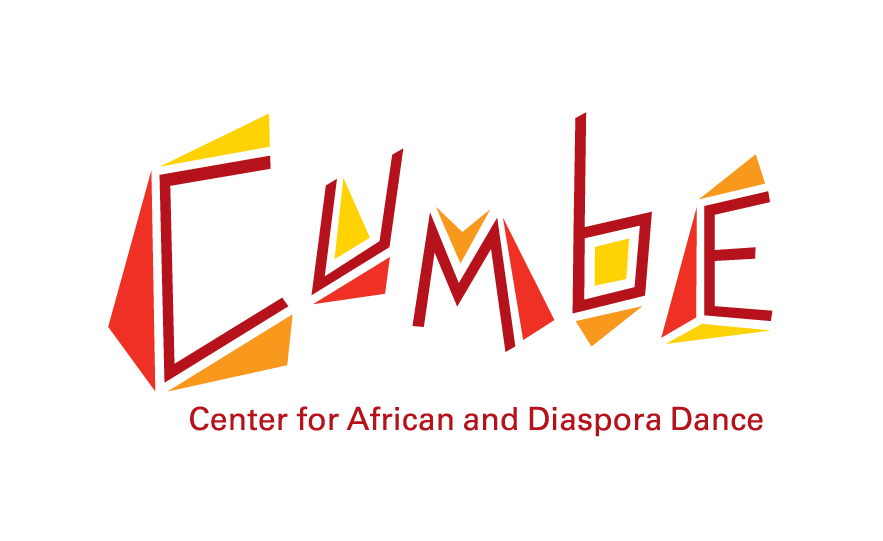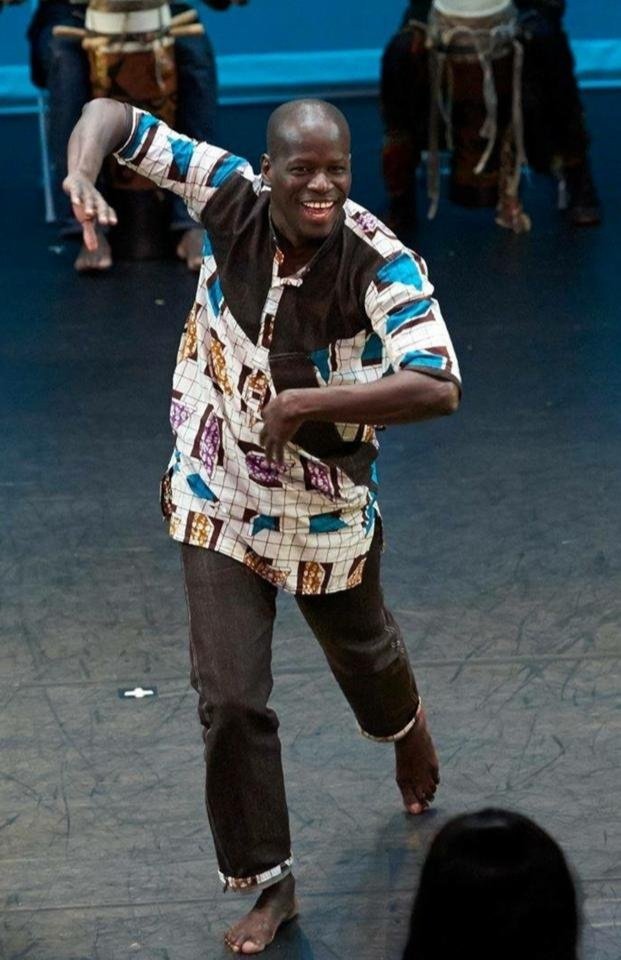Babacar M’Baye
A formidable dancer, he offers up an exciting and challenging learning experience to the beginner as well as, the well-versed dancer. Babacar has toured the United States with Ballet Sinomiye of Senegal and the Ballet Bougarabou Du Senegal. He has become one of New York City’s talented instructors of Sabar dance and is the renowned choreographer for the celebrated group Sing Sing Rhythms. Babacar has traveled the US and abroad teaching at workshops in Atlanta, California, Washington DC, Puerto Rico, Europe and Japan. He has performed at distinguished and diverse venues as Lincoln Center, Symphony Space, MGM Grand, The Apollo Theater, Aaron Davis Hall, and the United Nations in addition to a variety of films and festivals including, Wycleff’s hit music video “How Come”, the African Film Festival Nuits African Festival, Montreal, the “Up South” Literary Festival and in the hit movie starring Bruce Willis “Tears of the Sun.”
Class Details:
INTERMEDIATE SABAR
Mondays 24 | 6:30-8pm | In Person
Born in a Griot family of Wolof people, in the house of Bouna Mbasse Gueye, Babacar M’Baye’s professional career began with the family group, Bouga Fallou. Soon after, Babacar and his family founded the group Sing Sing Rhythms. Sing Sing was an instant sensation-known throughout Senegal for innovative and energetic dance routines & rhythms. Babacar & Sing Sing performed on a variety of Senegalese TV shows, toured throughout Senegal and the Gambia, and even
performed alongside music sensation Yossou N’dour. Babacar then became a distinguished member of the Second Ballet of Senegal. He is admired in his homeland as one of Dakar’s most exciting dancers. Babacar has been dedicated since childhood to perfecting, performing and even transforming through complete mastery, both the arts of African dance and drumming. He extensive knowledge of dance includes Serer, Soruba, Kutiro and Djembe techniques; however he is best known for bringing Sabar African Dance to the forefront of the dance community in the United States.
He upholds the tradition of Sabar dance by drawing power from the traditions of his people, while contributing his innovative spirit and style toward its continuation.

